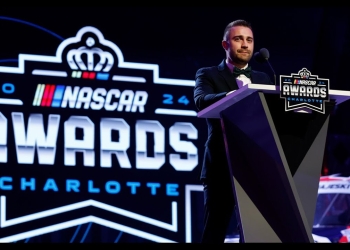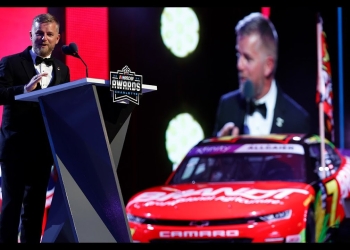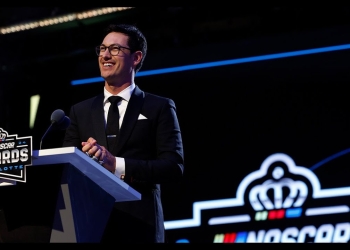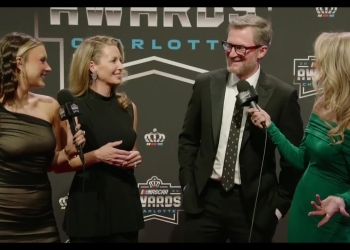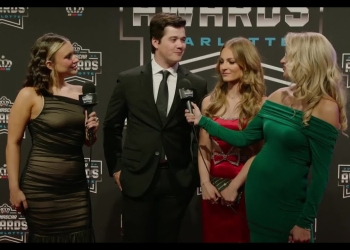Bristol's Tricky Track: How Surface Changes Affect NASCAR Strategy
NASCAR racing isn't just about fast cars and skilled drivers. The track itself plays a big role in how a race unfolds. At Bristol Motor Speedway, the concrete surface and a special sticky compound called PJ1 make things even more interesting. Let's dive into how these factors affected the recent playoff race.The Concrete Jungle
Bristol Motor Speedway is known for its unique concrete surface. Unlike asphalt tracks, concrete doesn't change much during a race. This means drivers and crews have to be extra smart about their strategy."Concrete's a whole different animal," says Travis Peterson, a crew chief. "It doesn't rubber up like asphalt does."This lack of change means:
- Tires wear differently
- The racing groove doesn't move around as much
- Teams have to plan their pit stops carefully
PJ1: The Sticky Situation
PJ1 is a special substance put on the track to create more grip. It's like having an extra sticky lane for cars to drive on. But it's not simple. The PJ1 changes throughout the race, creating a puzzle for drivers and crews. Drew Blickensderfer, another crew chief, explains:"The PJ1 starts off really grippy, but as cars run over it, it changes. You have to guess how it'll be at the end of the race."
How PJ1 Affects Racing:
- Creates multiple racing lines: Drivers can choose different paths around the track
- Changes tire wear: The sticky stuff can make tires wear out faster
- Affects car setup: Teams have to adjust their cars to work well on both treated and untreated parts of the track
Click here to preview your posts with PRO themes ››
Strategy on the Fly
Because of these unique factors, teams have to be ready to change their plans quickly. Here's what they consider:- Tire management: Saving tires for the end of the race can be crucial
- Track position: Sometimes it's better to stay out on old tires than to pit and lose spots
- Weather: Sun and temperature can affect how the PJ1 works
The Playoff Picture
In a playoff race, these decisions become even more important. Drivers fighting for a championship can't afford to make mistakes. Let's look at how some top drivers handled the challenge:| Driver | Strategy | Result |
|---|---|---|
| Kyle Larson | Aggressive on restarts, using PJ1 | Won the race |
| Denny Hamlin | Consistent lane choice, avoided PJ1 wear | Finished 3rd |
| Chase Elliott | Adapted to changing track, late-race charge | Finished 5th |
Lessons Learned
After the race, crews and drivers had a lot to think about. Here are some key takeaways:- Be flexible: What works at the start might not work at the end
- Watch the leaders: See where the fast cars are running and adjust
- Communicate: Drivers need to tell their crews how the car feels as the track changes
- Think ahead: Plan for how the track might be in the final laps
The Future of Track Prep
NASCAR is always looking for ways to make racing more exciting. The use of PJ1 and other track preparations is likely to continue evolving. Fans can expect to see:- New compounds being tested
- Different application methods
- Tracks experimenting with treated and untreated areas




